In 1946 in Barcelona, Spain, Maffio Milesi and a Mr. Gallo founded a brake pad company named Gallo Freni. After Mr. Milesi bought out Mr. Gallo he simplified the company name to Galfer. In 1992, one of Maffio's three sons, Giorgio, set up a facility in Southern California where the company's brake line development and production and American sales force are based.In 1996, back in Spain, the company opened an off-site facility near the Barcelona factory to begin cutting rotors. At the end of 2009, the Spanish main facility moved from downtown Barcelona to the outskirts of the city, right next to the Circuit de Catalunya racetrack; this is where all Galfer brake pads are now produced, rotors are designed and, as you read this, laser cutting and CNC machining tools should be rolling in from the off-site facility.We got invited to tour the work-in-progress main facility in Spain, as well as the works-like-clockwork brake line production in Oxnard, California. Everyone at the company is dedicated to squeezing the best brake performance out of your motorcycle's slow-down system, and here's what that looks like when they let you run around with a camera.
Latest
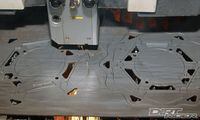
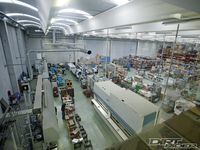
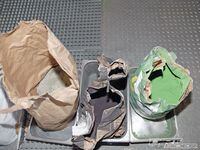
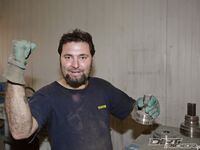
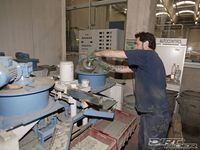
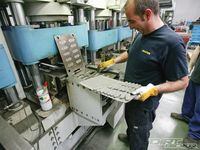
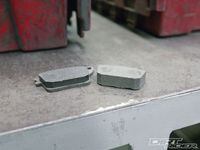
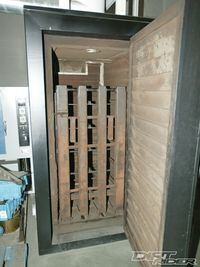
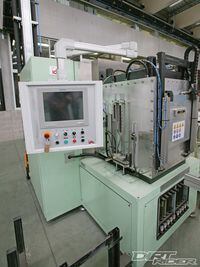
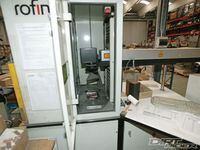
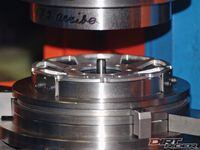
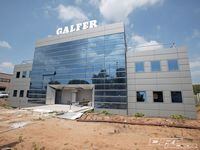
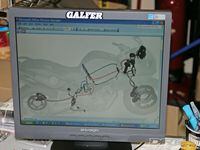
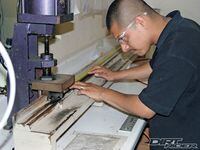
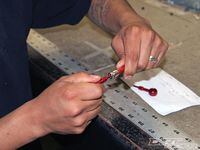
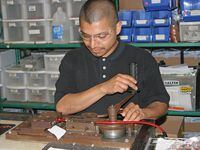
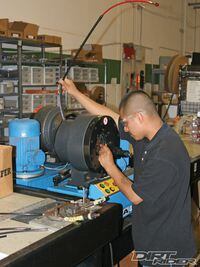
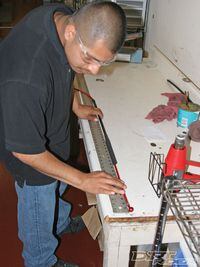
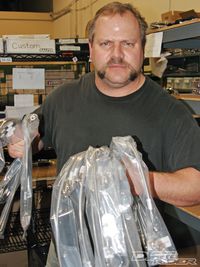
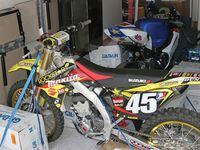
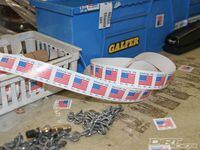
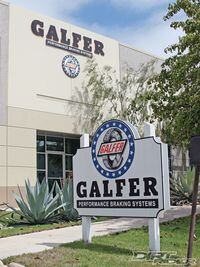
/cloudfront-us-east-1.images.arcpublishing.com/octane/2VHGWMYT4RE33JOHF3ATQ4CWBY.jpg)
/cloudfront-us-east-1.images.arcpublishing.com/octane/MAA7CTOAVJEH5H5QNC45LBIHPM.jpg)
/cloudfront-us-east-1.images.arcpublishing.com/octane/NOJSQ77E2BHR3IMKEJPCENML4A.jpg)
/cloudfront-us-east-1.images.arcpublishing.com/octane/B5QDMPSPWRA3RBBQJUC4FNI4JI.jpg)
/cloudfront-us-east-1.images.arcpublishing.com/octane/B3BPW2WOCNCUZPL2QVICQUC4VU.jpg)
/cloudfront-us-east-1.images.arcpublishing.com/octane/MLFO3UACYFHHLLP7WUYGUCFCBI.jpg)
/cloudfront-us-east-1.images.arcpublishing.com/octane/RS3JKVKIG5H2TFBCQXCLFWSJ6Q.jpg)
/cloudfront-us-east-1.images.arcpublishing.com/octane/6ONR4CR3FBB5PDN5SQPFB36CSI.jpg)
/cloudfront-us-east-1.images.arcpublishing.com/octane/3GF26TF5YVFIJCHZJMYTMWIPPY.jpg)
/cloudfront-us-east-1.images.arcpublishing.com/octane/QSWIPGJUFNAENBSGFG5ASKGUCY.jpg)
/cloudfront-us-east-1.images.arcpublishing.com/octane/JEB56YXHFZDYRBTQRSUPSIQT4E.jpg)
/cloudfront-us-east-1.images.arcpublishing.com/octane/2U42JYK7ZVCK5FISIIFYDLMFQY.jpg)
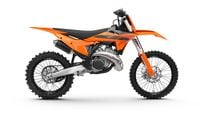
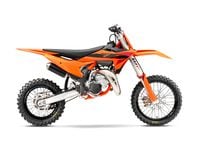
/cloudfront-us-east-1.images.arcpublishing.com/octane/2F2YWJRM4ZDCBEBIHI6HAZXI5U.jpg)

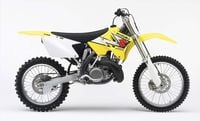
/cloudfront-us-east-1.images.arcpublishing.com/octane/I37LN27L3ZHRHO6DZRHHBLBCZQ.jpg)
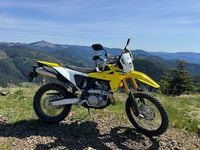
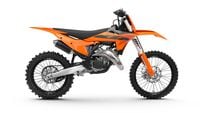
/cloudfront-us-east-1.images.arcpublishing.com/octane/77ZEF3VNXZFIHI5IUF6ZBEHEJE.jpg)

/cloudfront-us-east-1.images.arcpublishing.com/octane/M5OFLO75LRBXXPXDVFIRIAKJWM.jpg)